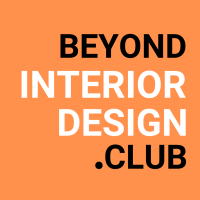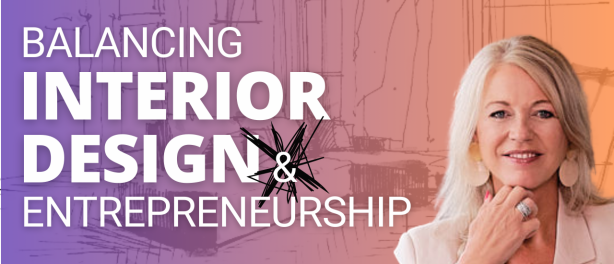My mother is a house cleaner. Her entire client base lives in one neighborhood. She turns 62 this year and is starting to think about retirement.
Over breakfast, I asked her, "Why not just work with one or two large homes instead of so many smaller ones?"
She smiled and said: the larger jobs pay more, but the smaller ones bring consistency. One gives her pride, the other, peace of mind.
It reminded me of a question from a luxury residential designer:
Question of the Week
“I’m a premium residential designer, aiming to work with 5 clients per year, each with $1M+ budgets. But I still receive inquiries for smaller projects. Are they a distraction, or can they serve a purpose?”
— Bea, Arei Interiors
Bea is navigating the tension between exclusivity and flexibility. Let’s explore both.
The Risk of "Big Budgets Only"
On paper, fewer high-end projects sounds ideal. But it introduces fragility. If one project falls through, that’s a potential 20% revenue loss. And luxury clients take time to close—7 to 9 months isn’t unusual.
Before going all-in on an exclusive model, ask: Can I comfortably go six months without signing a new client? If not, it may be too early to rely on just a handful of large projects.

Understanding Market Realities
Luxury clients represent a small sliver of the market. It’s not about rejecting smaller projects outright. It’s about curating the right ones—projects that support your brand, team, and goals.
A Layered Revenue Model for Designers
Many top-tier designers build a pyramid:
- 40% from 2–3 major projects
- 40% from 3–5 mid-size engagements
- 20% from small, streamlined offerings
This structure provides cash flow, client diversity, and opportunity. Small doesn’t mean unprofitable. Think design consultations, space planning, or technical drawing packages.
Why Small Projects Can Still Serve You:
- Cash Flow: Large projects are slow to close. Small ones sustain momentum.
- Pipeline Growth: Today’s consult might become next year’s full renovation.
- Practice + Precision: They keep your team sharp and systems agile.
- Proof + Presence: Each one adds to your reviews, SEO, and visibility.
- Efficiency: Smaller jobs often close quickly and cost less to acquire.
The goal isn’t more work—it’s better-aligned work. Build a business model that supports creative freedom and financial stability.






